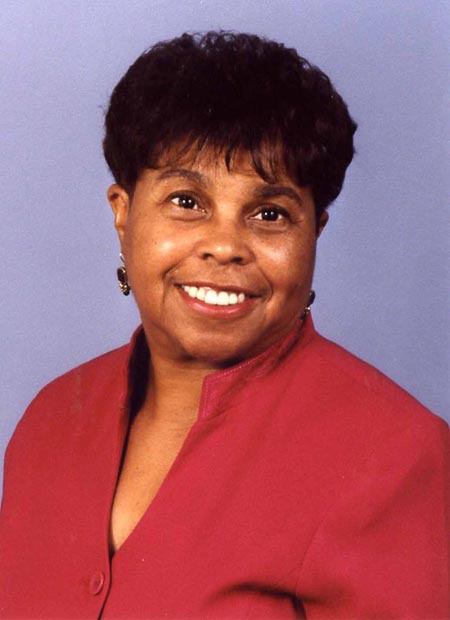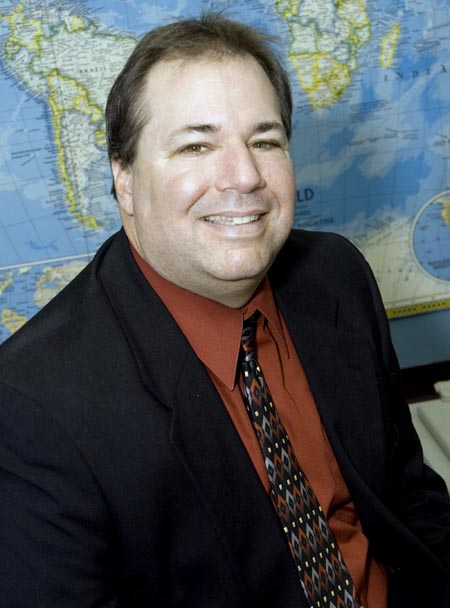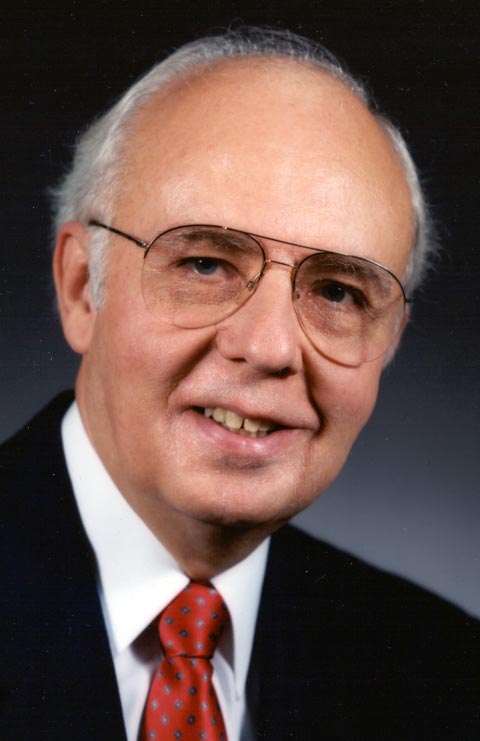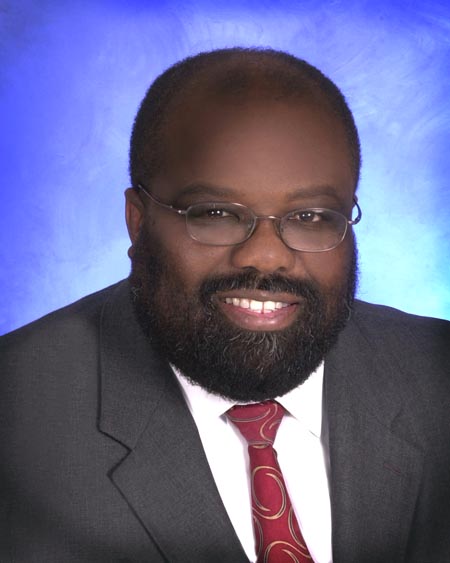Empty hotel rooms, blank spaces on event calendars and quiet downtown streets tell the story in pictures of how hard the recession has hit the hospitality industry. If you’re looking for a number to quantify the impact, consider that the U.S. travel industry, which typically employs nearly eight million people, lost a combined 400,000 jobs in 2008 and 2009, according to the U.S. Travel Association.
It’s been a rough couple of years for the industry, but some of its top leaders say they are finally starting to see reasons to hope for a rebound. We spoke to top executives of trade organizations representing travel agents, meeting planners, tourism marketing organizations and hotel owners and operators to get their diagnosis of the current health of the hospitality industry and its future prognosis. They revealed some of the effects of the economic downturn on their members, their strategies for coping, the things that still worry them, and the signs of encouragement they see when they look ahead.
THE RECESSION’S TOLL
Some trade organizations need to look no further than their own membership rosters to see the economy’s impact. Charlotte Haymore, president of Travel Professionals of Color, finds that travel pros are much more choosey when it comes to forking over membership fees to join a trade group.

“Instead of belonging to many, as most industry people have done in the past, they’re now a bit more selective,” says Haymore, whose group has approximately 225 members, primarily African-American travel agents. Other members include convention and visitors bureaus, travel service suppliers and other industry professionals.
At Haymore’s own travel agency, she’s seen one of her bread-and-butter markets decline. “Group travel has been one of my strongest sales areas, but the groups aren’t as large as they have been in the past, so for me that’s a concern,” she says. For the 500-plus members of Destination Marketing Association International — mainly destination marketing organizations, convention and visitors bureaus and other tourism organizations — the recession’s toll has been widespread. “It’s hard with a membership this large to say that all destinations [were affected], but 90-plus percent of the members of DMAI experienced a downturn over the last two years,” says Dan Fenton, who chairs the organization. “In some cases, those percentages were as high as 20 to 30 percent, and in some cases they were five or 10 percent. But there was a decline.”
Like Haymore, Chris Russo, president and chairman of the American Society of Travel Agents, can personally attest to some challenging times. “As an owner of three travel agencies myself, I hear it and I live it,” says Russo, whose group has about 6,000 members, including travel professionals and suppliers such as car rental companies, tour companies and cruise lines as well as travel agents. “I’d say the last 18 months have probably been, in my 11 years of owning a travel agency, the hardest. When we had 9/11, there was a price point for people to get over a fear, because it was strictly just a fear. Right now, there’s no price point. You either have money to travel or you don’t. So no matter how low the prices get, it’s just not enough to stimulate enough business. For the most part I’d say our members would say they’re struggling.”
It’s not just the decline in travel, but also the broader financial crisis, that has affected the industry. Andy Ingraham, president of the National Association of Black Hotel Owners, Operators and Developers, which has approximately 3,000 members representing more than 500 properties, says the credit crunch has caused a slowdown in hotel development. But as Ingraham suggests, it will take a major comeback in tourism to get the money flowing again. “If people aren’t traveling, then the hotels aren’t being filled,” Ingraham says. “If the hotels aren’t being filled, then there’s no need to build any additional hotels.”

While some meeting planner organizations still see the impact of the downturn reflected in attendance at their own conferences, one group is reporting an uptick. Dr. DeWayne Goodring, executive director of the Religious Conference Management Association, says more members will attend the RCMA’s 2010 World Conference and Exposition than last year’s. RCMA has more than 2,700 members from nearly 800 faith-based organizations in the United States, Canada, Asia, Africa, Europe, the Caribbean and Mexico. According to Goodring, the group has been able to maintain a healthy membership level in spite of the recession. “The economic downturn has had a slight impact on our membership due to church budgets being cut,” Goodring says. “However, the major denominations and religious organizations continue to be well represented within RCMA.”
RIDING IT OUT
Velma Hart, who chairs of the American Society of Association Executives’ board of directors, says innovation has helped those in the hospitality industry survive the recession. The ASAE’s more than 22,000 members represent nearly 11,000 organizations throughout the United States and in 50 countries worldwide. Member categories include trade, professional, industry groups, foundations and other nonprofits, as well as suppliers of products and services to associations. “People have gotten far more sophisticated about how they will serve their constituent base,” Hart says. “They see the economic downturn as something that is very different from what we have experienced in the past, but something that we will also certainly recover from. So what they are doing is taking more strategic and thoughtful looks at how they will operate their businesses.”
For example, Hart says ASAE members might stage more webinars and teleconferences to save on travel expenses, or they might send fewer staff members to meetings. At RMCA, Goodring says: “Some of our members are coping with the downturn of the economy by combining meetings and focusing more on regional events, thereby cutting down on travel costs.” Haymore says many TPOC members have focused on developing a niche market. “Within their various travel agencies, members are really trying to become more creative with what they offer, so that they are offering something that’s really different that clients probably wouldn’t find in many other places,” she says. ”One of the strong emphases is on heritage tourism, especially African-American heritage tourism. There is a lot of interest in that particular market right now.”

Travel agents also are emphasizing the cost-efficiency of cruises to drum up business. “The cruise lines have done a pretty good job of pricing cruises that are affordable so that more people can take advantage of a cruise,” Haymore says. “It still has that romance or glamour about it, and the nice thing is that it includes everything. Once the client is able to pay for a cruise, they know they don’t have to worry about food and transportation locally, because it’s all taken care of in the cruise package.” Destination marketers have used various strategies to cope with economic downturn, according to Fenton. Many DMAI members have restructured their organizations, often making salary reductions, merging sales offices with those of other destinations or engaging in more collaborative marketing efforts.
Fenton notes that even in the midst of the recession, his members were willing to invest in a new DMAI marketing campaign. Participants were especially interested in addressing three areas: advocacy, technology and social responsibility. On the latter focus, Fenton explains: “We wanted to see resources available to look at ways to do more things around the environmentally responsible areas . . . having meetings give back to communities and having a pro-active industry recruitment program that’s centered around diversity and a diverse set of leaders that are part of the future of our industry.” Ingraham reports that his member hotel owners and operators have been strategizing to get ready for the economy to rebound. “Some are doing renovations that have been scheduled,” Ingraham says.” But what you see is people just waiting and redeveloping and redefining their different strategies, so that when the market does begin to turn around, they will be able to take advantage of it.”
OUTLOOK FOR 2010 AND BEYOND
Industry leaders say they are already seeing evidence that a turnaround is, indeed, coming. Remember that dismal industry employment picture that U.S. Travel Association reported for 2008-2009? Just last fall, the association projected an increase of nearly 90,000 U.S. jobs in 2010, thanks to an expected 2% increase in leisure travel, 2.5% boost in business travel and 3% rise in in-bound international travel. Nobody is ready to pop the champagne cork or blow out the budget just yet, though. Predictions from Meeting Professionals International’s FutureWatch 2010 survey include more budget cuts, some staff reductions, improving efficiency, and more attention to increasing the value and return on investment of meetings.
Produced in partnership with American Express, FutureWatch 2010 elicited responses from 1,832 MPI members representing 39 countries. The consensus seems to be that the number of meetings and attendance are expected to increase slowly, while spending per meeting will continue to lag behind. “Meeting and event planners anticipate a 2.8% increase in meetings held and a 4.5% increase in attendance over the next year,” the report states. “Spend per meeting and overall budgets will be the slowest of the five indicators to rebound.” Offering more details, the MPI report goes on to say: “Spending per meeting is expected to decline 0.5% across the community of FutureWatch 2010 respondents, but 3.5% in the U.S., sug

gesting that U.S. meetings will continue to feel the effects of a difficult economy.”
MPI’s association members expect a 0.6% decline onsite attendance, bigger demand for educational content and more emphasis on sustainable meetings. Corporate members are looking for an 11.7% increase in meeting attendance, greater focus on accountability and value, and fewer frills. Bigger marketing plans are on the drawing board for 2010, especially by suppliers. When it comes to choosing meeting destinations, MPI members are planning less international and trans-oceanic travel. U.S. planners expect 80% of their meetings to take place within the United States in 2010, compared to 61% in 2009. Planners indicated three priorities that guide their destination choices: the overall cost, the availability of venues that meet space requirements and area hotel rates.
If organizations must now do more to justify their investment in meetings, the ASAE’s Hart is certain of their continuing value. “There is no question that our organizations believe that face-to-face meetings are here to stay, that people will not get away from that,” she says. “While we are very much in-tune with the social networking age — and all of us have become electronic junkies, if you will — there is still a value proposition in talking through a challenge, in talking through an experience . . . and bringing in information from other people’s experiences that can help inform how you do business,” Hart continues. “Our organizations are very focused on doing business for the constituent base that they serve. In those personal interactions, they glean information that they can’t [get] just by sitting in front of a computer and reading data.”
At DMAI, Fenton, too, is eager to get the message out that meetings still matter. “If you remember all of the issues that went on with the banking industry and some others, there was a lot of highlight on meetings that were, from the public perspective, somewhat lavish,” Fenton says.” It almost gave meetings, period, a little bit of a stigma. We’re trying to give our members the tools to talk about the value of face-to-face meetings.” The Destination & Travel Foundation, a partnership between the U.S. Travel Association and Destination Marketing Association International, produced another recent study that for the first time measured the ROI from business travel for corporations. Conducted by the research firm Oxford Economics and released in September 2009, the study found that every dollar spend on business travel yields an average of $12.50 in increased revenue and $3.80 in additional profits. Business executives and business travelers surveyed estimated that 28% of their current business would be lost if not for in-person meetings.
Since the start of the New Year, Hart has received reports from ASAE members of some positive indicators. “The thing that gives me hope, and keeps all of us optimistic, is that we’re hearing from recent meetings that their overall attendance is going up again,” Hart says. “Now, what we don’t know is, is that up from flat? Is flat the new up? But they are reporting that attendance is going up. . . . We know from our partners [in the hotel industry] that the booking of business is going up. Two thousand and ten may continue to be a tough year for the hotel industry, but what we’re hearing from our contacts is that people are starting to book business very vigilantly again. We believe that that’s a good sign.”

The RCMA’s Goodring, who says he is encouraged by the increase in attendance by planners and their spouses at the RMCA conference, gives this overall assessment: “I see a glimmer of hope that there will be an upswing in the meetings market later in 2010 and into 2011. In terms of the religious market, it will continue to grow as faith-based meetings are becoming more and more important, because within this increasingly complex society people feel a real need to have fellowship with others with whom they share a common faith, bond and purpose.” Goodring’s greatest cause for concern? “As an upswing in business becomes a reality, there may be a switch from a buyer's market to a seller's market, which could have an adverse effect on the vast number of religious events worldwide,” he says.
In the field of leisure travel, TPOC’s Haymore also sees evidence of a comeback in the making. “Just based on my own travel agency, I see people beginning to show interest in vacation travel for 2010 and beyond,” she says. “So, I’m assuming that means that people who were without jobs for a while now have them, or people who were just afraid to spend the money are feeling more comfortable about doing so now.” Fenton says destination marketers are seeing some signs that things are looking up, but most aren’t expecting significant growth until next year. “We are starting to hear destinations saying that they are seeing a little more activity,” Fenton says. “They are seeing future bookings starting to move a little bit. In some cases, they’ve said that the year that we’re in right now is sort of stable. They don’t necessarily see it taking another downturn. They see 2011 and ’12 as years in which there will be growth.
At NABHOOD, Ingraham says hotel occupancy rates are beginning to increase and consumers are starting to become more confident, but hotel development is moving slowly. “You see some acquisition,” Ingraham says. “But you don’t see a whole lot of new builds going up, simply because of the inability to get financing.” For the ASTA’s Chris Russo, there’s hope every time he hears the phone ring at his travel agency. “We’re definitely seeing an increase in call volume,” he says. “We’re hoping that’s a trend that will continue throughout the year. . . . I think that for the most part the industry is cautiously optimistic. We’re keeping our fingers crossed.”